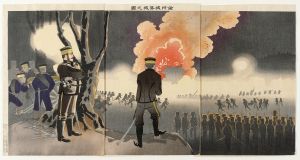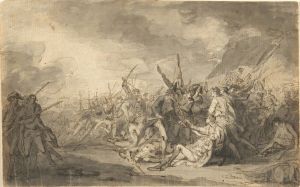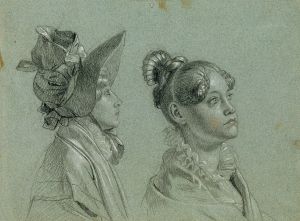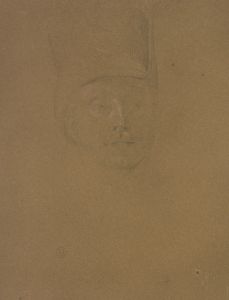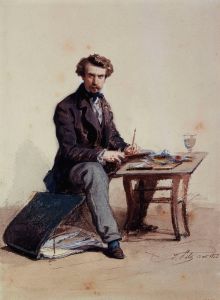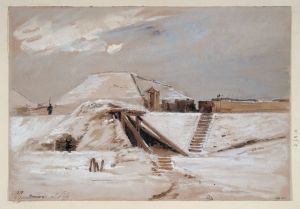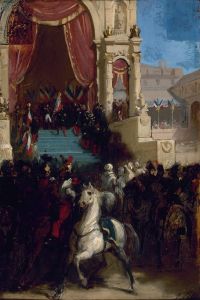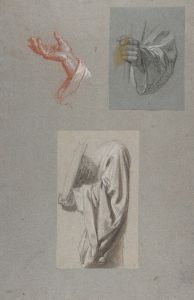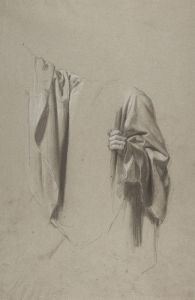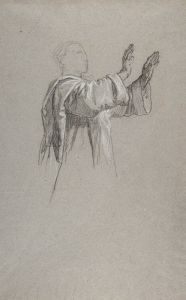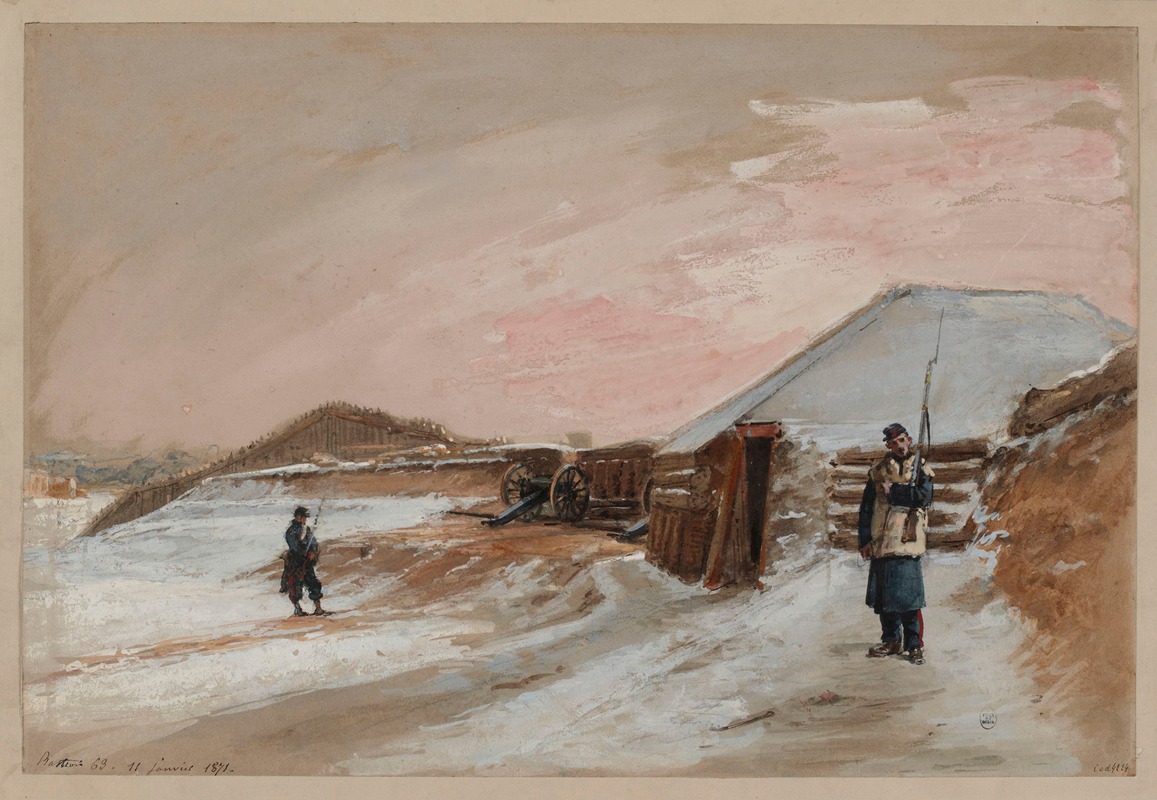
Siège de Paris, bastion 63, le 11 janvier 1871.
A hand-painted replica of Isidore Pils’s masterpiece Siège de Paris, bastion 63, le 11 janvier 1871., meticulously crafted by professional artists to capture the true essence of the original. Each piece is created with museum-quality canvas and rare mineral pigments, carefully painted by experienced artists with delicate brushstrokes and rich, layered colors to perfectly recreate the texture of the original artwork. Unlike machine-printed reproductions, this hand-painted version brings the painting to life, infused with the artist’s emotions and skill in every stroke. Whether for personal collection or home decoration, it instantly elevates the artistic atmosphere of any space.
Siège de Paris, bastion 63, le 11 janvier 1871 is a painting by the French artist Isidore Pils, created during or shortly after the Franco-Prussian War (1870–1871). The artwork depicts a scene from the Siege of Paris, a pivotal event during the war in which Prussian forces surrounded and blockaded the French capital from September 19, 1870, to January 28, 1871. This siege led to severe hardships for the city's population, including food shortages and bombardments, and ultimately resulted in the surrender of Paris and the end of the war.
The painting specifically portrays the events of January 11, 1871, at Bastion 63, one of the defensive fortifications surrounding Paris. Bastion 63 was part of the city's extensive fortification system, which was designed to protect Paris from external attacks. During the siege, these fortifications became critical points of defense as French forces attempted to resist the advancing Prussian army.
Isidore Pils, known for his historical and military-themed works, captured the grim realities of war in this painting. The scene likely includes French soldiers manning the bastion, enduring the harsh winter conditions and the relentless pressure of the siege. Pils' attention to detail and his ability to convey the emotional and physical toll of war are evident in his works, though specific details about the composition and elements of this painting are not widely documented.
The Franco-Prussian War marked a significant turning point in European history, leading to the unification of Germany and the fall of the Second French Empire. The Siege of Paris, in particular, had profound consequences for the city and its inhabitants, as well as for the broader political landscape of France. Pils' painting serves as a historical record of this tumultuous period, reflecting the resilience and suffering of those who lived through it.
The painting is part of the collection of the Musée d'Orsay in Paris, which houses numerous works of art from the 19th century. As with many historical artworks, it provides valuable insight into the events and sentiments of the time, offering viewers a visual representation of a key moment in French history.





